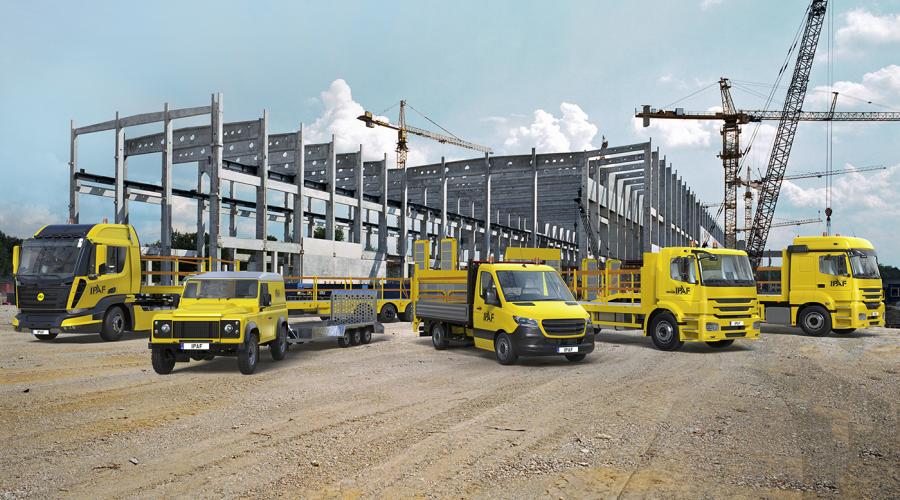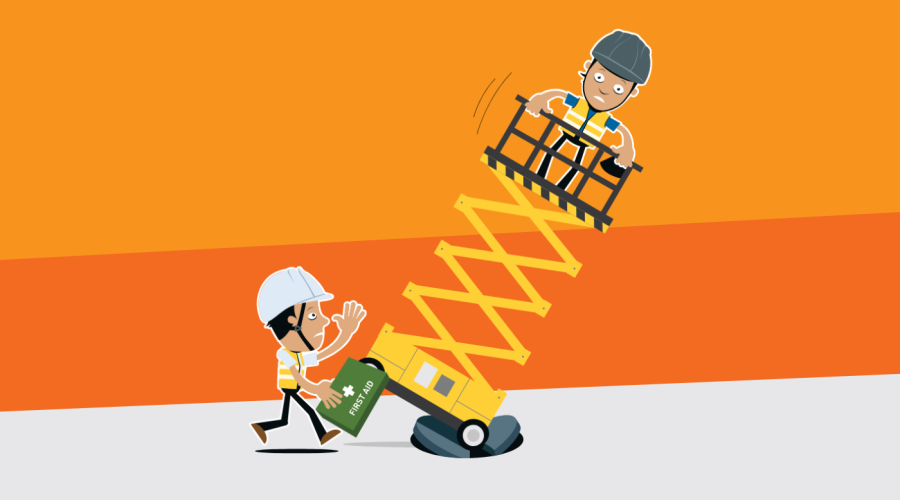Safe Loading, Unloading & Transportation of MEWPs

Resource also available in:
SHORT CUTS COST LIVES!
Transportation of mobile elevating work platforms (MEWPs), including loading or unloading, are frequent activities carried out by rental company drivers and contractors. However, IPAF’s analysis of accident data reveals a significant number of people being injured or killed during the process.
IPAF’s global accident data over the past 10 years shows that, from 1 January 2013 to 31 December 2022, there were 1,204 reports of incidents involving a delivery driver. These reports originated from 21 countries and there were 1,205 people involved, including 16 fatalities.
How to avoid common hazards
All tasks involving MEWPs should be properly planned. Operators must be trained on the type of MEWP, have received familiarisation and adhere to relevant risk assessments and safe systems of work (SSoW). Vehicles used for the transportation of MEWPs must be compatible with the machine(s) to be moved.
Follow this guidance:
- Prepare a Risk Assessment – ensure this is completed ahead of any MEWP loading/unloading activity. Observe IPAF guidance when loading or unloading on or adjacent to roads.
- Manoeuvre with care – take care when loading/unloading MEWPs and ensure drive orientation is confirmed at all times. Contact or collision with an object or person is the main causes of these type of incidents.
- Be mindful of tip-over risk – ensure ramps are adjusted according to the MEWP being loaded.
- Minimise pedestrian control – driving the MEWP from outside the platform should be kept to an absolute minimum. For instance, when manoeuvring through narrow doorways or under low ceilings. Operators/drivers should be spatially aware of their surroundings. Correct drive orientation must be confirmed at all times.
- Avoid slips, trips and falls – ensure the bed of the vehicle is clear of debris and any edge protection. Ensure fall prevention systems are used as per the risk assessment.
N.B. the above list is not exhaustive - for more information, please refer to Resources below.
